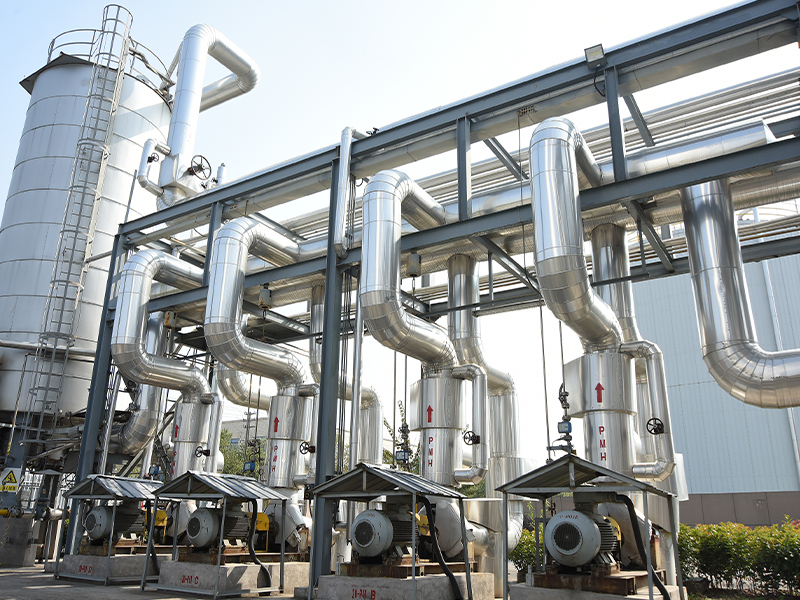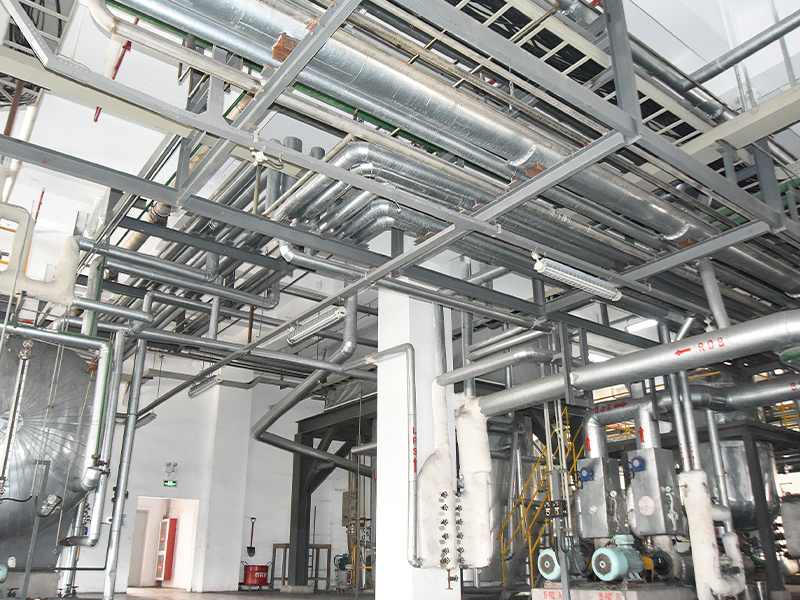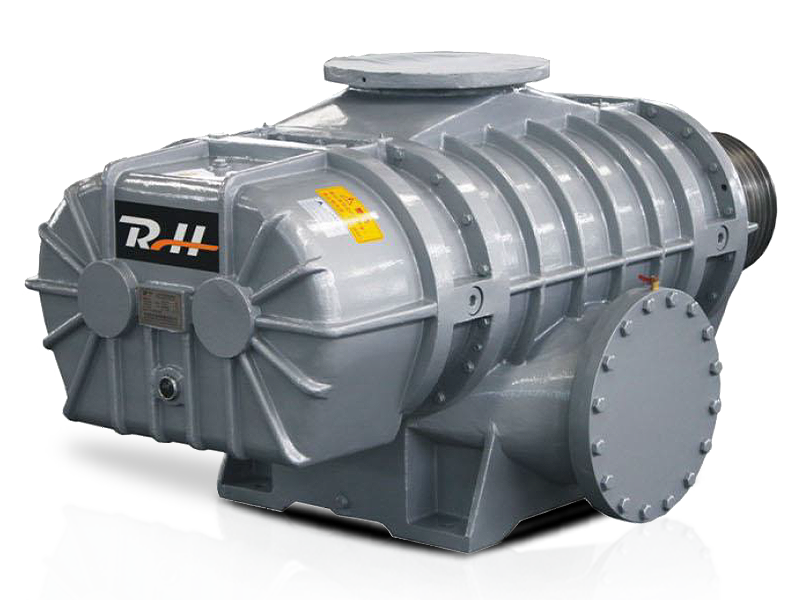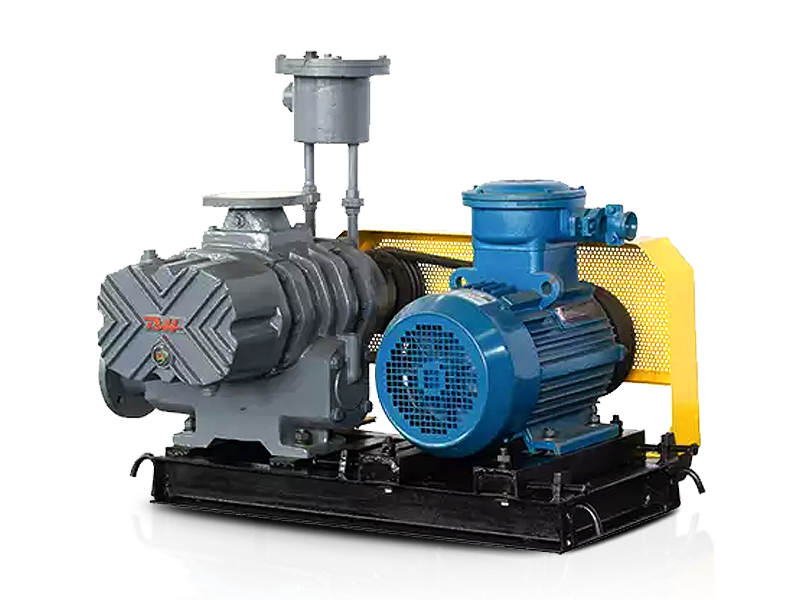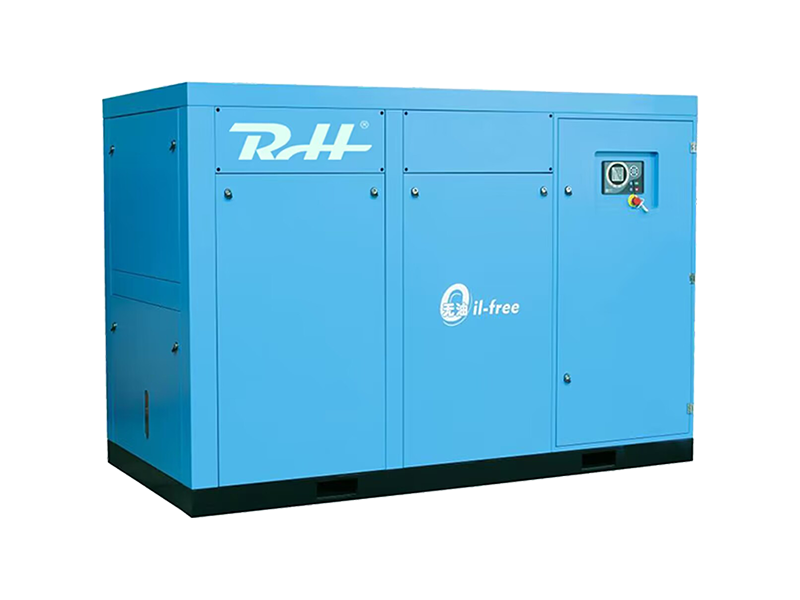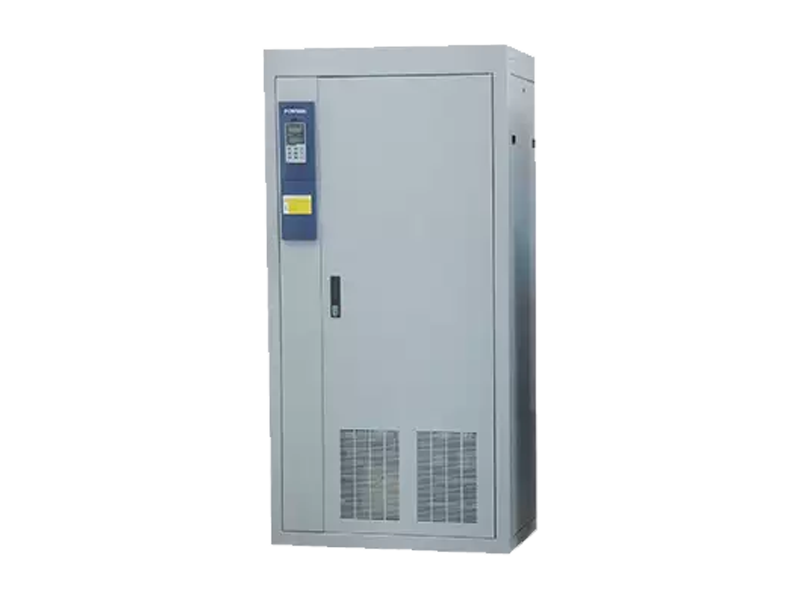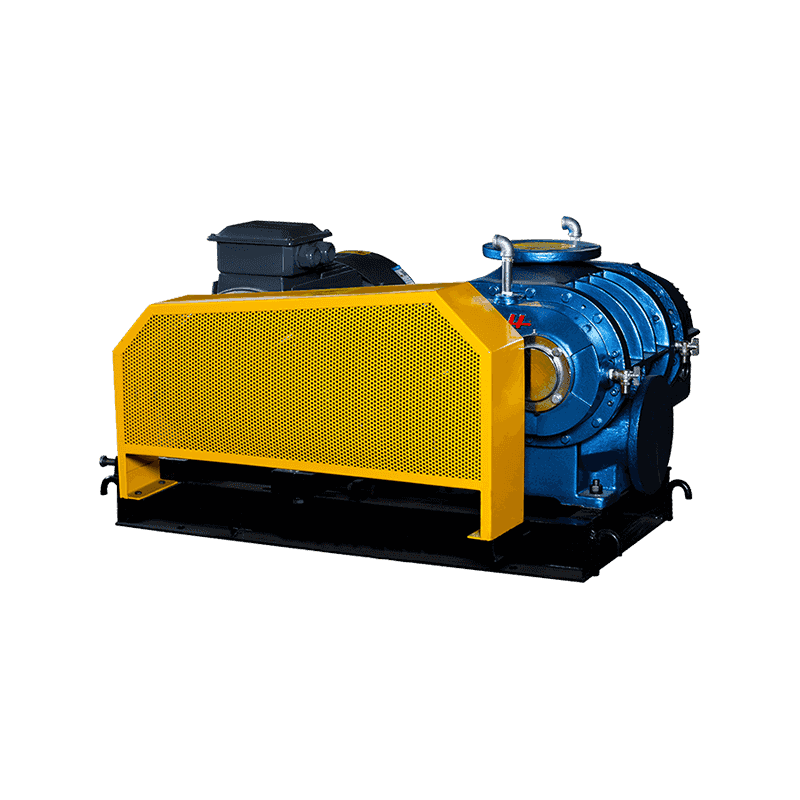In the world of industrial machinery and high-performance engineering, few components are as fundamental yet as misunderstood as the Roots blower. This positive displacement pump, often referred to as a supercharger in automotive contexts, is a workhorse of countless industries. From aerating wastewater to forcing air into a combustion engine, its principle is simple, but its execution is a marvel of mechanical engineering.
What is a Roots Blowers? The Basic Principle
A Roots blower is a type of positive displacement pump. This means it moves a fixed volume of fluid (in most cases, air or another gas) from the inlet to the outlet with each revolution of its shafts. This is its most defining characteristic and the key to understanding its performance.
The device was originally invented by the Roots brothers in the 1860s to provide a blast of air for smelting iron in blast furnaces. The basic design has remained remarkably consistent: a housing (or “casing”) containing two identical, symmetrically shaped, lobed rotors that rotate in opposite directions. These rotors are meticulously machined to be precisely synchronized by a set of timing gears, ensuring they never make contact with each other or the housing wall.
How it Works:
Intake: As the rotors turn, air is trapped in the pockets of space between the rotor lobes and the housing.
Transport: The trapped air is carried, unchanged in volume, from the intake side to the discharge side around the inside of the housing.
Discharge: As the rotor tips pass the discharge port, the trapped air is released into the outlet pipe. The key point is that the air is not compressed within the blower. Compression occurs externally when the discharged air meets the resistance of the system (e.g., a pressurized tank or an engine’s intake manifold), which forces it into a smaller volume.
This lack of internal compression is the single most important factor influencing the efficiency, thermal behavior, and sound profile of a Roots-type blower.
Performance Characteristics: Flow, Pressure, and Speed
When selecting a Roots blower for any application, three performance parameters are paramount: flow rate, pressure capability, and operating speed.
Flow Rate (CFM or m³/h): Roots blowers are exceptional at moving high volumes of air. Their flow rate is primarily a function of their size (the displaced volume per revolution) and their rotational speed (RPM). Because they are positive displacement devices, their flow is almost directly proportional to speed and is largely independent of discharge pressure. This makes them excellent for applications requiring a consistent volumetric flow, even if the system pressure fluctuates. This is a critical advantage in industrial air blower systems and aeration blowers for wastewater treatment.
Pressure Capability (PSI or bar): While they can generate significant pressure, Roots blowers are typically applied in low-to-medium pressure ranges, often from a few PSI up to about 15-20 PSI (1 to 1.3 bar) for standard industrial units. Higher pressures are possible but lead to a significant increase in power demand and heat generation due to the inherent inefficiency of external compression. Understanding the system’s pressure requirements for roots blowers is crucial for proper sizing and avoiding inefficiency.
Operating Speed (RPM): Roots blowers can operate at a wide range of speeds. Higher speeds yield higher flow rates but also increase wear, noise, and temperature. Modern units designed with advanced rotor profiles and coatings can operate efficiently at higher RPMs, which is why they are a popular choice for automotive supercharger systems.
The Efficiency Equation of Roots-Type Blowers
The term “efficiency” must be carefully defined for a Roots blower. They are not inherently inefficient; rather, their efficiency is highly dependent on the application and pressure differential.
Volumetric Efficiency: This is where Roots blowers excel. They are designed to minimize internal leakage (or “blow-by”)—the air that slips back from the high-pressure discharge side to the low-pressure intake side through the small clearances between the rotors and the housing. Modern designs with twisted, helical rotors (3-lobe or even higher) significantly reduce this pulsation and leakage, leading to higher volumetric efficiency across a wider operating range. This makes them a highly efficient choice for low pressure air blower applications.
Thermodynamic/Adiabatic Efficiency: This is the classic measure of compression efficiency. Due to the lack of internal compression, the adiabatic efficiency of a Roots blower is lower than that of a screw compressor or centrifugal blower at higher pressure ratios. The sudden compression at the outlet port generates significant heat, leading to higher discharge temperatures for a given pressure rise. This is the primary reason they are less common in high-pressure industrial air compression and more suited for applications where the pressure differential is modest.
Therefore, the sweet spot for positive displacement blower efficiency is in high-flow, low-to-medium pressure applications. When used within its intended design parameters, a Roots blower is an exceptionally effective and energy-conscious solution.
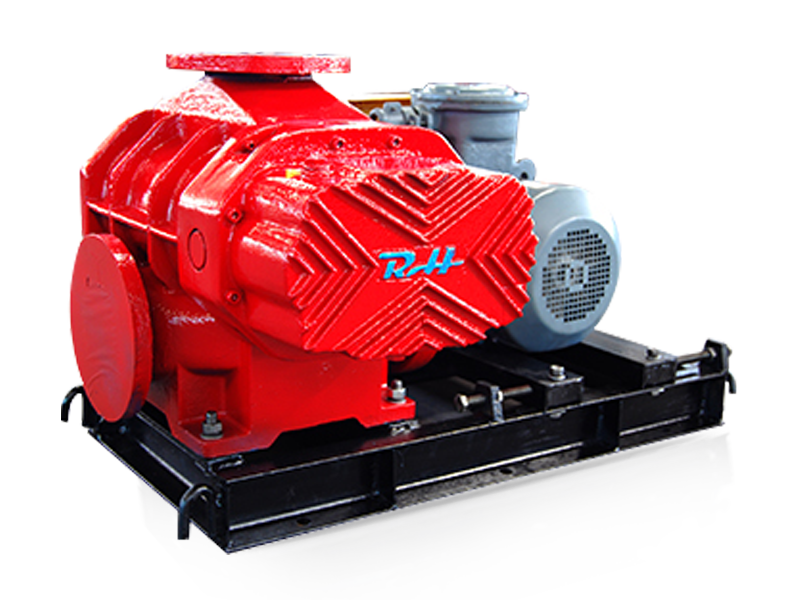
The Hallmark of Roots Blowers: Unmatched Reliability
If there is one attribute that has made Roots blowers a staple in critical industries for over a century, it is their profound reliability. This reliability stems from a fundamentally simple and robust design.
Simple, Robust Construction: A typical industrial Roots blower has very few moving parts: two rotors, two timing gears, and two bearings. This simplicity means there is less that can go wrong. The components are housed in a heavy, rigid casing designed to withstand operational stresses for decades.
Non-Contacting Rotors: The critical fact that the rotors do not touch each other or the casing eliminates a primary source of wear. There is no need for internal lubrication in the air chamber, which makes them perfect for oil-free air blower applications. This is a non-negotiable requirement in food processing, pharmaceutical manufacturing, and wastewater aeration, where oil contamination would be catastrophic.
Timing Gears: The precision-machined timing gears are the heart of the synchronization system. They are housed in their own isolated bearing chamber, which is typically lubricated with oil or grease, protecting them from contaminants and ensuring precise alignment over tens of thousands of hours of operation.
Low Maintenance Requirements: The primary maintenance tasks are simple: regular bearing and gear lubrication, checking and replacing drive belts if applicable, and occasionally checking clearances. This low maintenance requirement contributes significantly to a low total cost of ownership for industrial blowers.
This combination of simplicity, robust materials, and non-contact operation results in a machine known for its long-lasting industrial air pumps and durable positive displacement pumps.
Key Applications: Where Roots Blowers Shine
The unique performance profile of Roots blowers makes them the ideal solution for a diverse set of applications:
Wastewater Treatment: This is one of the largest applications. Roots blowers provide the large volumes of air required for the biological aeration process, where bacteria break down organic matter. Their ability to deliver a constant flow of oil-free air is essential. Key search terms here are wastewater aeration blowers and aeration blowers for sewage treatment.
Industrial Pneumatic Conveying: Roots blowers are used to move dry bulk materials like flour, cement, plastic pellets, and powder through pipelines by creating a stream of air. Their consistent flow rate is perfect for ensuring material moves reliably without clogging.
Automotive Supercharging: In the automotive world, the Roots-style supercharger is iconic. Mounted on top of an engine, it forces a high volume of air into the intake manifold, providing an immediate boost in power and torque. The characteristic whine and instant throttle response are hallmarks of this system.
Other Applications: They are also used in soil remediation, aquaculture, combustion air boosting, and as vacuum pumps in various industrial processes.
Roots Blowers vs. Other Technologies
It’s impossible to fully understand the Roots blower without comparing it to its main competitors.
vs. Centrifugal Blowers: Centrifugal blowers use an impeller to accelerate air outward, converting velocity into pressure. They are more thermodynamically efficient at higher pressures and flow rates but can suffer from surging at low flows. Roots blowers provide a flatter pressure-flow curve, making them more stable at low speeds and better for applications requiring a constant flow against a variable pressure. The choice often comes down to roots blower vs centrifugal blower for aeration.
vs. Screw Compressors: Screw compressors are also positive displacement but feature internal compression. They are generally more efficient and quieter at higher pressures but are more complex, expensive, and often require oil injection for cooling and sealing (though oil-free versions exist). Roots blowers win on simplicity, initial cost, and suitability for true oil-free operation.
Conclusion: A Timeless Design, Continuously Improved
The Roots blower is a testament to elegant engineering. Its fundamental principle, conceived in the 19th century, remains vitally relevant today. While it may not be the absolute most thermodynamically efficient compressor across all ranges, its strengths are undeniable: the ability to move massive volumes of air with unwavering consistency, legendary mechanical reliability, and simple, oil-free operation.
Modern advancements in metallurgy, rotor profiling (e.g., helical twist), and precision manufacturing have only enhanced its capabilities, reducing noise, improving volumetric efficiency, and extending service life. For engineers and plant managers seeking a dependable, high-volume air-moving solution for low-to-medium pressure applications, the Roots blower continues to be an exceptionally efficient, reliable, and high-performing choice. Understanding its core principles is the first step to leveraging its unique advantages for your specific application.


 русский
русский Español
Español عربى
عربى